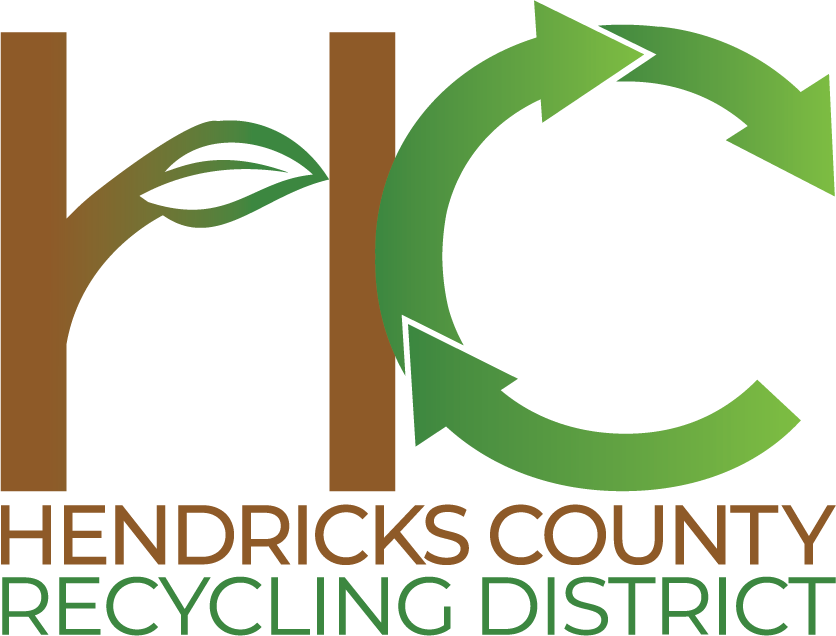Why Does It Matter?
They say “knowledge is power” and we want to give you the power and inspiration to begin looking at your trash a little differently. So, continue reading as we break down what materials make up the waste stream and learn how much of it really needs to be set at the curb for disposal.
A good deal of the trash that makes it to a final disposal facility, like the landfill, is recyclable, reusable or compostable. Not only that, but a lot of what we throw away is made from natural resources that can be conserved by reducing, reusing and recycling.
What Should You Do?
28.5% Paper: Junk mail, newspaper, office paper, cardboard, books, paperboard & magazines make up this segment of the waste stream. We list paper first because it’s so familiar and easy to recycle—everyone should do it! If you are just beginning to recycle, paper’s the place to start. You can significantly reduce the amount of trash you throw out just by recycling paper!
33.7% Food Waste & Yard/Wood Waste: One third of the overall waste stream is made up of food waste, yard trimmings and wood waste. All of these materials can be composted and recycled into mulch or fertile soil.
12.4% Plastic: More and more items we purchase are packaged in plastic. Fortunately, more plastics can be recycled than ever before. All plastics (including lids) can now be recycled with the exception of plastic film and Styrofoam. Many stores accept plastic bags for recycling.
9.0% Metals: Aluminum, steel and other metals are highly sought-after commodities that can be recycled over and over again. Generally only food and beverage containers are accepted in curbside and drop-off recycling programs, so closely follow the rules for your program.
8.4% Rubber, Leather & Textiles: Although you cannot recycle tires, boots or clothes in your recycling bin, there are local recycling or reuse options available. View the Guide to Being Green on our website for specifics.
4.6% Glass: Even though glass packaging is less common today than in the past, the space it occupies in the landfill should still be saved. Brown, clear and green container glass can and should be recycled.
3.4% Other: This is the portion of what we throw away that usually cannot be recycled or reused, like diapers.
Dig Deeper.
The statistics we used to compile the information for this article are from the U.S. EPA; and there’s much more where this came from. Check it out for yourself at www.epa.gov/epawaste/nonhaz/municipal/
Next Edition…
Next time we’ll focus specifically on the issue of food waste. Food prices continue to climb, let’s learn what we can do to avoid throwing that money away!

